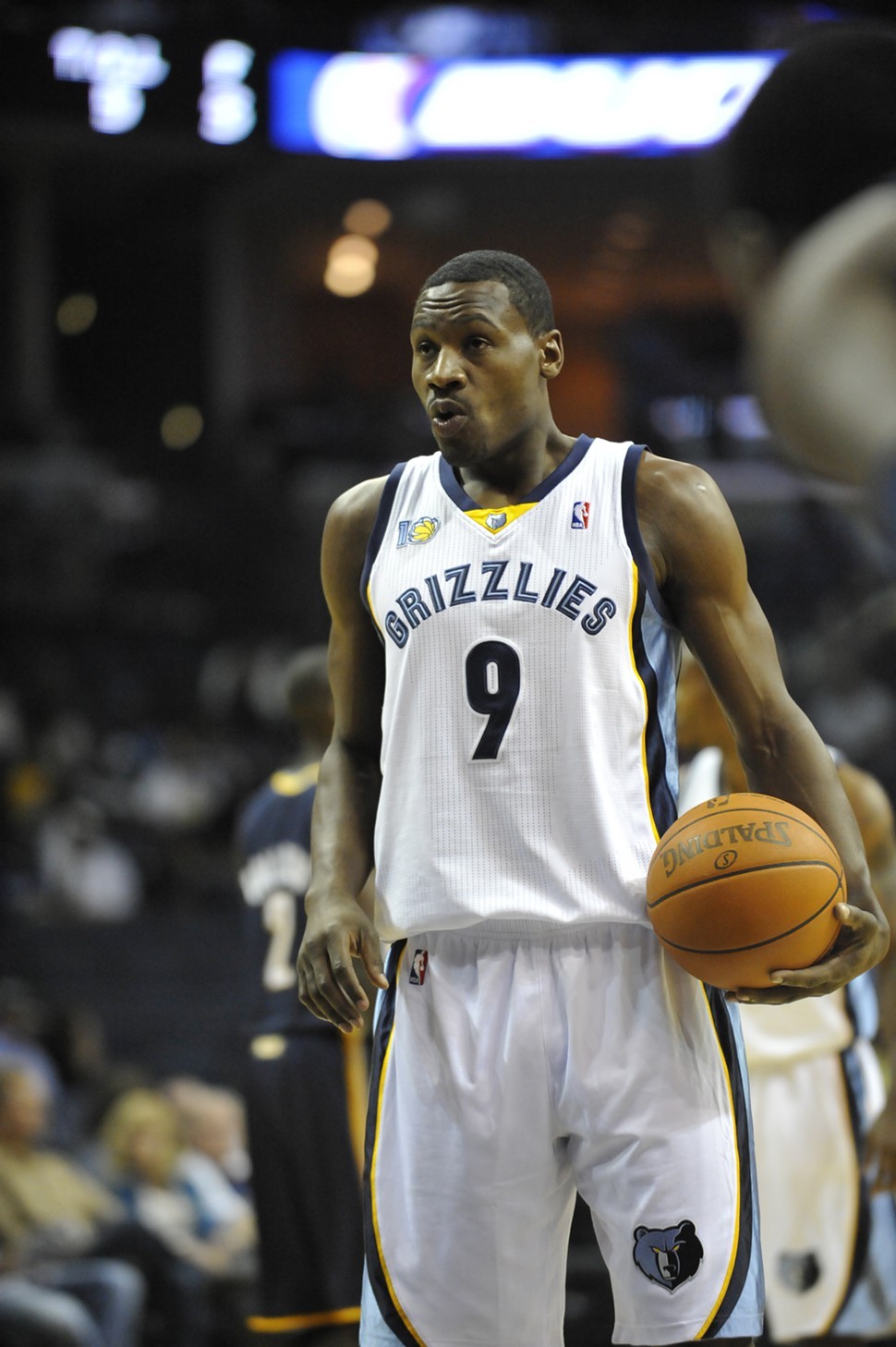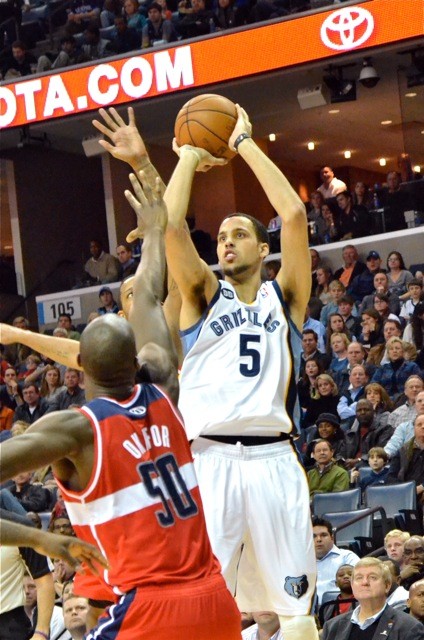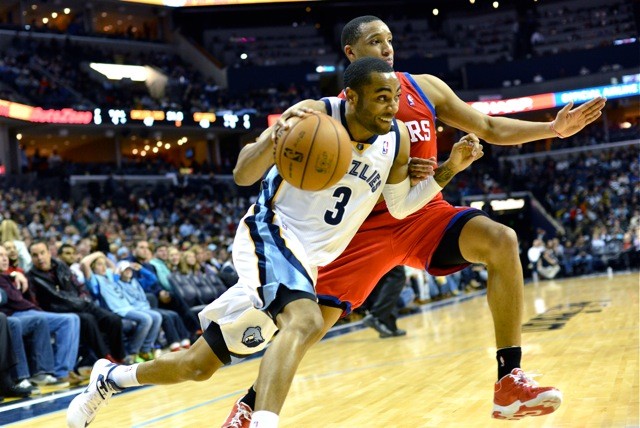
- LARRY KUZNIEWSKI
- The Grindfather Returns
On a day when wing players around the NBA were signing bigger-than-expected deals — four years and $27 million for J.J. Redick, four years and $30 million for Kevin Martin, three years and $16 million for Chase Budinger, and four years and $22 million for Martell Webster — the market for Grizzlies guard Tony Allen seemed to be moving in divergent directions.
On the one hand, the asking price for starting-caliber but non-All-Star wing players was coming in higher than the Grizzlies may have hoped to go for Allen. On the other, some potential Allen suitors — notably the Clippers and Pacers — seemed to be filling up roster spots or salary space needed to entice Allen.
In the end, the negotiation between Allen and the Grizzlies seems to have come down to years — a guaranteed fourth year for the 31-year-old guard with a sometimes balky knee. And Allen got his fully guaranteed fourth year in a four-year, $20 million dollar deal that is, nevertheless, still less on a per-year basis than any other wing player signing on Tuesday. This for the only player in the group that has made three straight all-defensive teams, the only player in the group who just started on a conference finalist, and, certainly, the only player in the group to have significant, tangible box-office and marketing value beyond his on-court merits.
According to a source with knowledge of the negotiations, Allen’s contract is set up with escalating salaries. Based on 7.5% raises allotted in the league’s collective bargaining agreement, and my own algebra, Allen’s contract should look something like this year-by-year:
2013-2014: $4.5 million
2014-2015: $4.8 million
2015-2016: $5.2 million
2016-2017: $5.5 million


